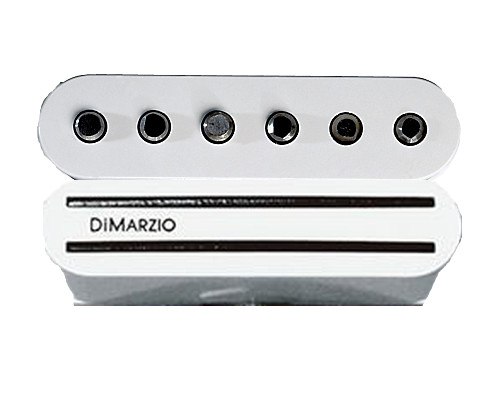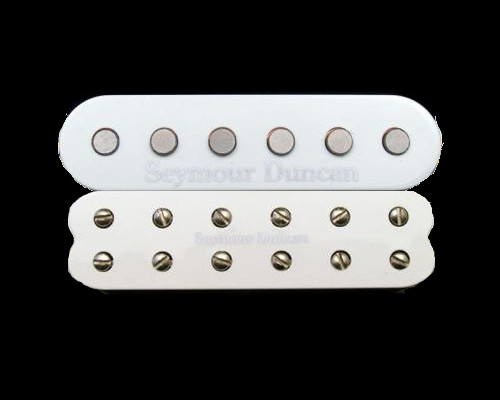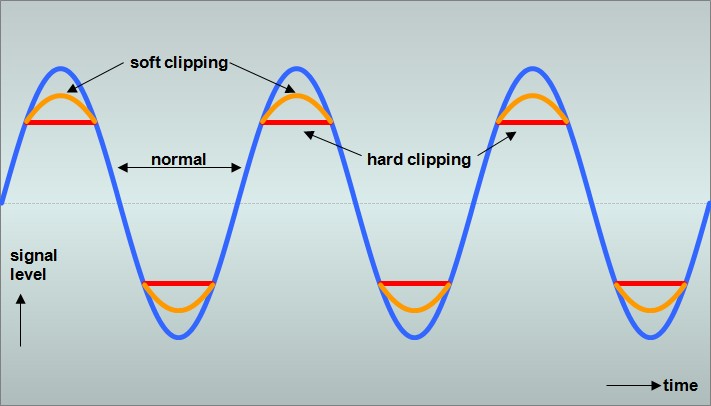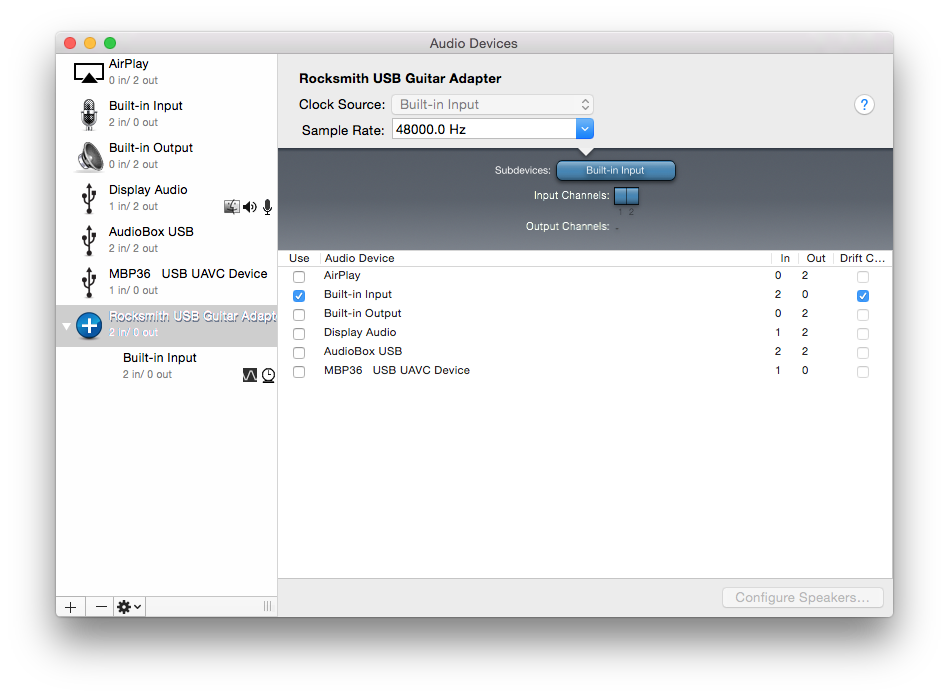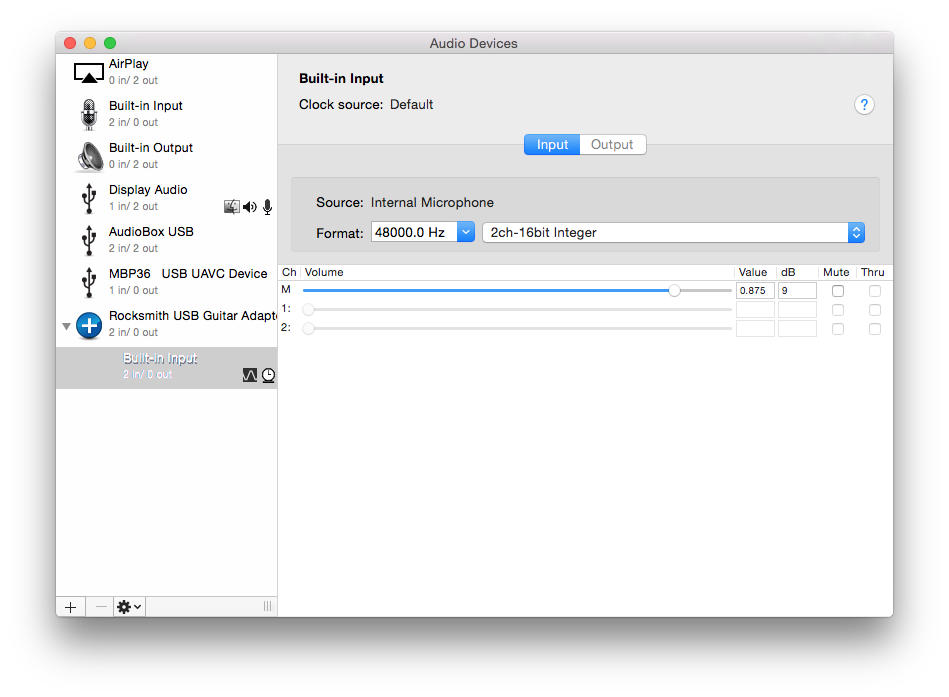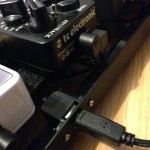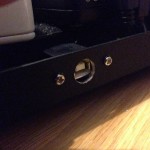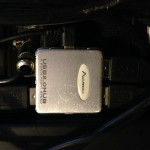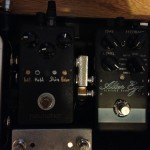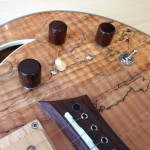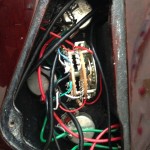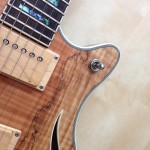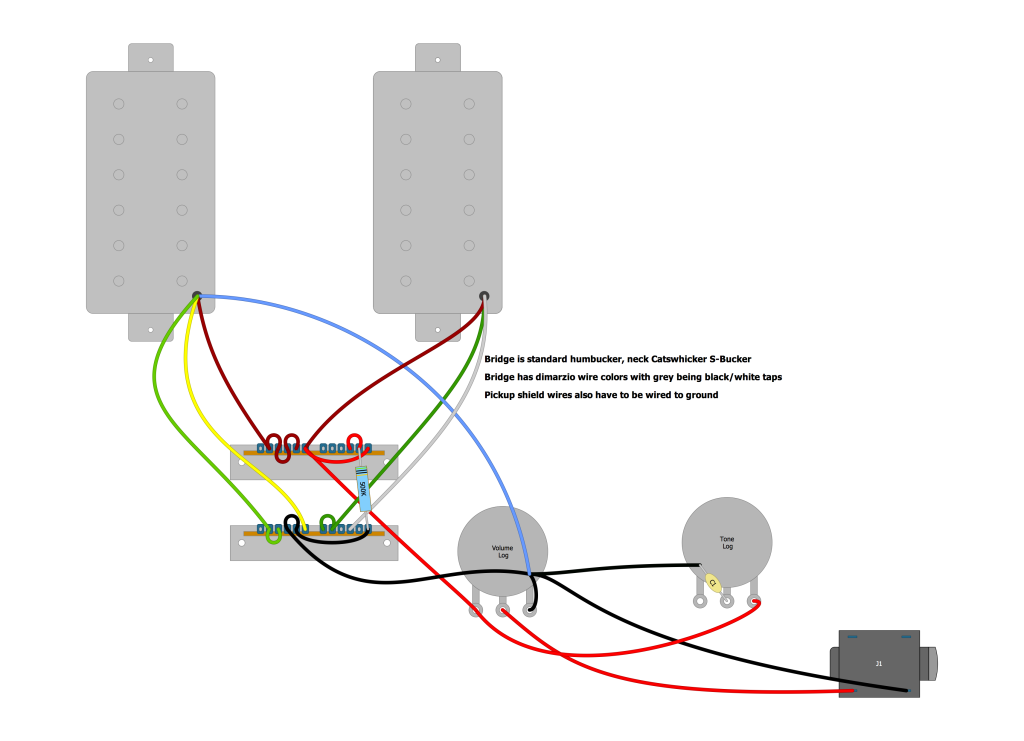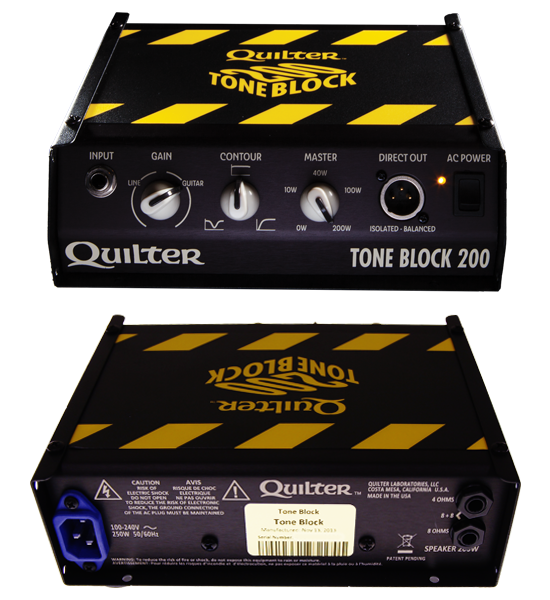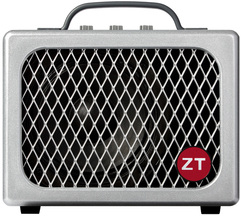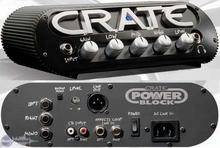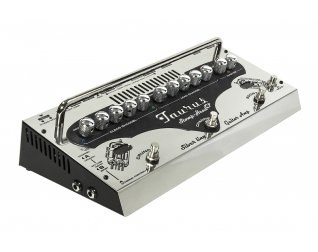Boutique vs Chinese Made Pedals And Everything In Between
Another one of those contentious topics that seem to have strong supporters on both sides. I can’t change what most people think, but it helps me to just get my ideas out somewhere. Here are a few random ones:
- Are boutique pedals that much better than mass produced pedals (whether made in the west or in the far east)? Probably not, but that doesn’t mean that the price isn’t justified. Labour costs are more in the west, as well as more stringent environmental practices.
- So is it just ethics and there’s no difference in tone? I would say no to this too. There will be some differences. The amount you pay for a product made in America is also going towards skilled designers that spend more time tweaking a pedal till it sounds good. This not only includes the circuit, but the layout of the PCB, which can affect things too. Some boutique companies also individually test components to find the ones within really tight tolerances.
- Which should I buy then? Buy what you can afford, support people doing new designs, because part of the cost of the pedal isn’t just the components, but the time taken to design it, which fewer people will do if their designs just get made for cheap in China. Finally think about how a company is treating it’s employees or the environment. There are some places in China where electronics waste is just being dumped, hurting people there, but eventually all of us as it gets into the food chain.
- Are there any people doing unique designs in China? J. Wong who has worked with many of the well known Chinese brands now has his own pedals with Tone City. Some of these seem to be unique designs. JOYO too seem to have moved on from just copying other designs to some more unique products in recent years.
